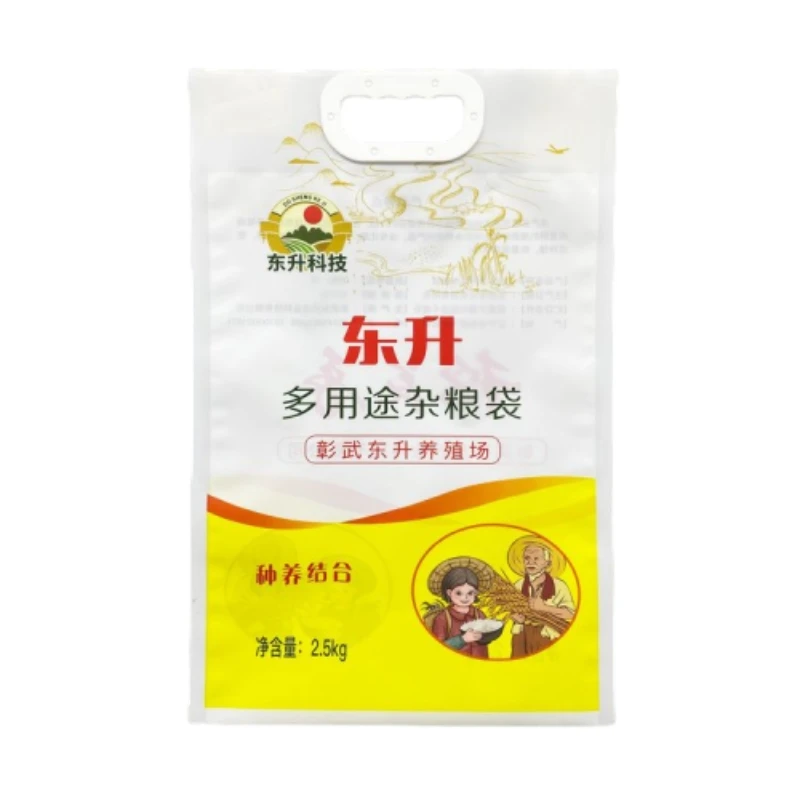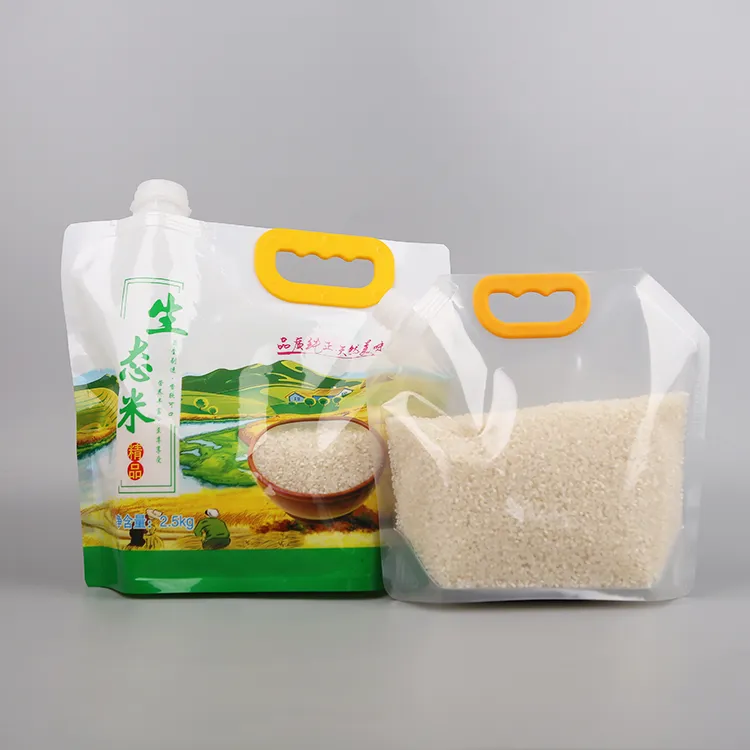Designing an innovative tea pack is an art and science that blends traditional appeal with contemporary aesthetics. As the desire for unique and personalized products grows, tea consumers are increasingly drawn to packaging that offers a visual and tactile experience before the aroma of the tea itself captivates them. A well-designed tea package not only attracts the consumer’s attention but also solidifies brand identity, communicates essential information, and ensures product safety and freshness.

The journey of crafting an impeccable tea pack design begins with understanding the essence of your brand and the preferences of your target audience. A brand’s unique narrative and values should seamlessly translate into its packaging. For instance, if a brand emphasizes sustainability, the choice of eco-friendly materials and minimalist design can reflect its commitment to the environment. The challenge, however, lies in balancing sustainability with functionality and aesthetics, ensuring the packaging aligns with the brand identity while meeting environmental goals.
Experimentation with materials is crucial, as the tactile feeling of a tea pack can significantly influence purchase decisions.
Modern consumers are inclined towards packaging that feels premium yet natural. Investing in biodegradable or recyclable materials can enhance your brand’s image, while innovative closures and resealable options can maintain product freshness, providing practical benefits to the consumer. The use of unique textures or embossed designs can add an additional layer of sensory experience, engaging customers more deeply with the product.

Typography plays a significant role in how information is communicated on tea packaging. Choosing the right fonts and colors can highlight ingredients, flavor profiles, and brewing instructions efficiently without cluttering the design. Clear, legible fonts paired with strategic color schemes can make the text stand out against the packaging background, ensuring information accessibility. Additionally, integrating QR codes or augmented reality features can provide an interactive element, inviting consumers to learn more about the origin of the tea, its benefits, or the brand’s story.
Cultural influences can significantly impact tea pack design, particularly in markets with strong tea-drinking traditions. In regions with a rich history of tea consumption, leveraging cultural motifs or traditional artistry within the design can forge a deeper connection with consumers. In contrast, in markets where tea is perceived as a trendy beverage, adopting modern, sleek designs with vibrant colors can appeal to a younger audience. Understanding these cultural nuances not only bolsters brand authority but also nurtures trust, portraying a brand that is in tune with its consumer base.
tea pack design
Staying abreast of design trends is critical, yet it is equally important not to waver too far from the essence of your brand. Trends can serve as an inspiration but adopting them should not come at the cost of your brand’s core message. As AI and digital technologies become more integrated into package design processes, brands can leverage these tools to achieve precision and consistency in design, creating customized packages that meet consumer expectations and boost brand loyalty.
Collaborating with expert designers who understand both the creative and technical facets of packaging design can elevate your tea pack. Their professional expertise ensures that each element, from the choice of color palette to the intricacy of the artwork, is meticulously curated to align with strategic brand objectives while adhering to industry regulations. This authoritative approach guarantees that packaging not only captures attention but also aligns with the overall marketing strategy, delivering an impactful brand statement in competitive markets.
The element of trustworthiness in packaging is predominantly conveyed through transparency and quality assurances. Incorporating certifications such as “Fair Trade” or “Organic” on the packaging can enhance trust, given that consumers are increasingly conscious about the ethical and health implications of their purchases. Providing insight into sourcing and manufacturing processes through detailed labels or digital content can further enhance consumer trust, portraying a brand that prioritizes quality and integrity.
In conclusion, tea pack design is more than an artistic endeavor; it is a strategic tool that communicates brand ethos, enhances consumer interaction, and strengthens market presence. By integrating experience, expertise, authoritativeness, and trustworthiness into the packaging design process, brands can create compelling, innovative packages that not only appeal aesthetically but resonate deeply with consumers, fostering lasting brand loyalty and engagement.